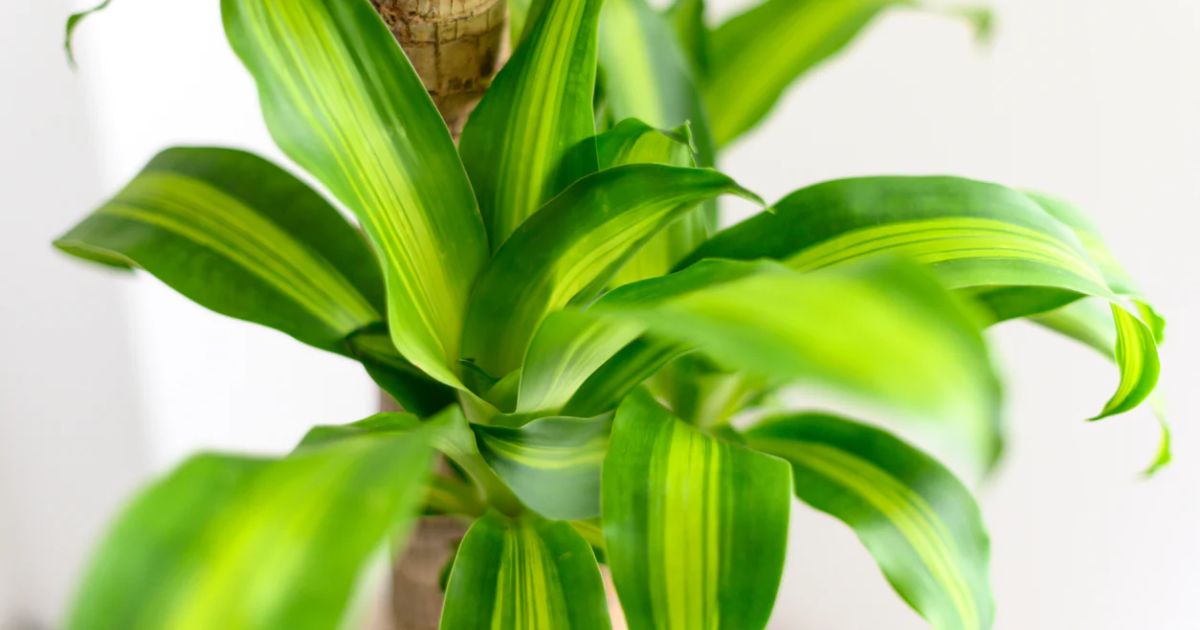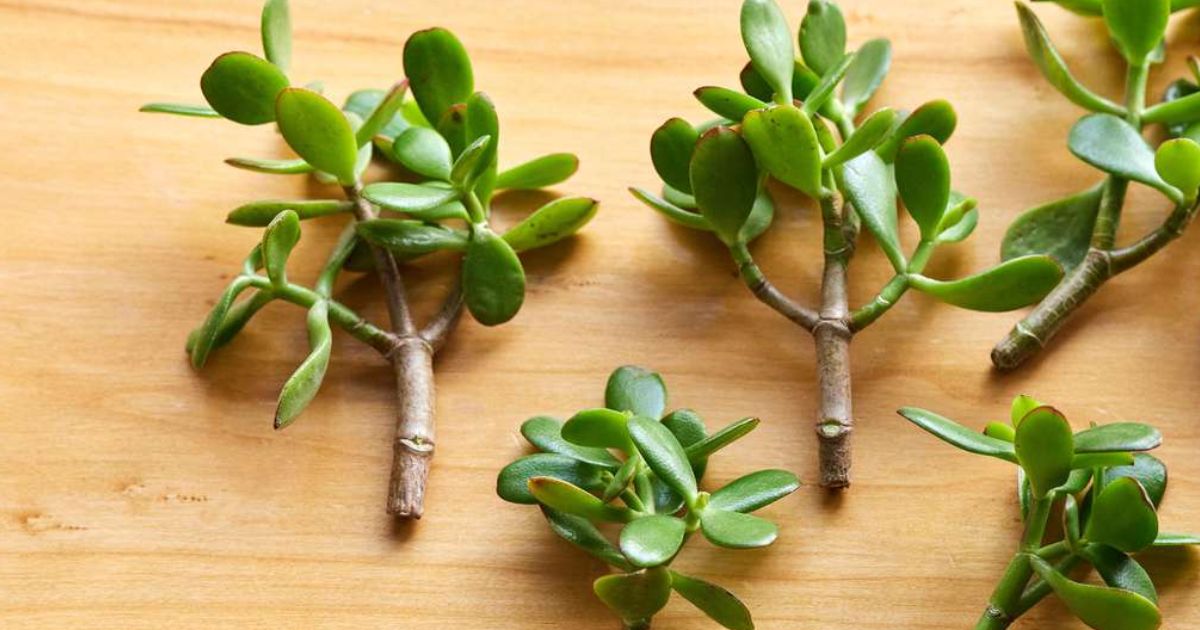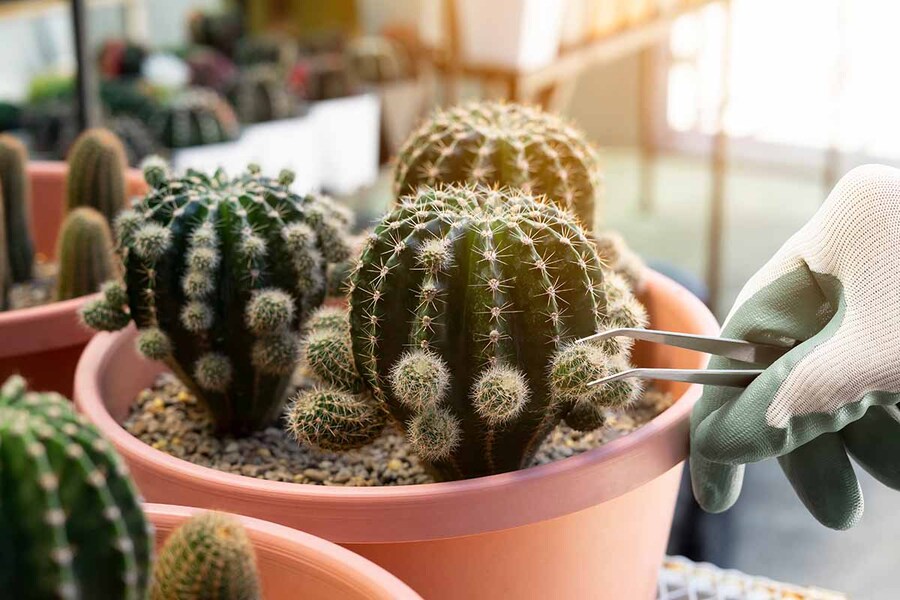GROW LIGHTS PROS & CONS
GROW LIGHTS PROS & CONS
Grow lights are artificial light sources that are specifically designed to provide plants with the necessary wavelengths of light for photosynthesis and plant growth. They are commonly used in indoor grow operations or in greenhouses where natural sunlight is not sufficient for optimal plant growth.
Regular household lighting is not sufficient for plant growth because it does not provide the full spectrum of wavelengths that plants need to thrive. In addition, the intensity of regular household lighting is not strong enough to support the growth of most plants.
Lighting is measured in units called lumens. The higher the lumen output of a grow light, the brighter it is. Different types of grow lights have different lumen outputs, which can affect the overall intensity and effectiveness of the light for plant growth.
Spectrum is a measurement of the different wavelengths of light that a grow light produces. Different types of grow lights produce different spectrums of light, and the specific spectrum that is best for plant growth depends on the specific needs of the plants being grown.
Blue wavelengths (400 to500 nanometres) are important for vegetative growth, while red wavelengths (600 to 700 nanometres) are important for flowering and fruiting. Some grow lights, such as LED grow lights, can be designed to produce a specific spectrum of light depending on the stage of growth of the plants being grown.
PAR and spectrum are important considerations when choosing a grow light. Different types of grow lights produce different spectrums of light and have different PAR outputs, which can affect the overall effectiveness of the light for plant growth. When choosing a grow light, it is important to consider the specific needs of the plants being grown as well as the size of the grow operation and budget.
T5 fluorescent grow lights use fluorescent bulbs as a light source. These bulbs produce a spectrum of light that is relatively broad and includes both blue and red wavelengths, which are important for plant growth. T5 fluorescent grow lights have a lower lumen output compared to other types of grow lights, which can limit their effectiveness for larger grow operations. However, they are energy efficient and produce minimal heat, making them a good choice for smaller grow operations.
High intensity discharge (HID) grow lights use a gas-discharge lamp as a light source. These lamps produce a spectrum of light that is relatively broad and includes both blue and red wavelengths, which are important for plant growth. HID grow lights have a high lumen output and are often used in larger grow operations. However, they also produce a lot of heat and can be expensive to operate.
Double-ended grow lights use high pressure sodium (HPS) or metal halide (MH) bulbs as a light source. These bulbs produce a spectrum of light that is relatively broad and includes both blue and red wavelengths, which are important for plant growth. Double-ended grow lights have a high lumen output and are often used in larger grow operations. However, they also produce a lot of heat and can be expensive to operate.
Light emitting ceramics (LEC) or ceramic metal halide (CMH) grow lights use a ceramic arc tube to produce light. These lights produce a full spectrum of light, which includes all wavelengths of visible light as well as some infrared and ultraviolet wavelengths. LEC or CMH grow lights have a high lumen output and are a good choice for a variety of plants. However, they can be expensive to purchase and operate.
LED grow lights use light emitting diodes (LEDs) as a light source. LED grow lights can be designed to produce a specific spectrum of light, depending on the specific needs of the plants being grown. LED grow lights are energy efficient and produce minimal heat, making them a good choice for smaller grow operations. They also have a longer lifespan compared to other types of grow lights. However, they can be expensive to purchase upfront.
Sulphur plasma grow lights use a plasma discharge to produce light. These lights produce a full spectrum of light, which includes all wavelengths of visible light as well as some infrared and ultraviolet wavelengths. Sulphur plasma grow lights have a high lumen output and are known for their full spectrum of light. However, they can be expensive to purchase and operate.
Induction lighting uses an electromagnetic field to produce light. Induction lighting produces a spectrum of light that is relatively broad and includes both blue and red wavelengths, which are important for plant growth. Induction lighting is known for its long lifespan and energy efficiency, but it can be expensive to purchase upfront.
In summary, there are several different types of grow lights to choose from, each with their own unique set of pros and cons. T5 fluorescent grow lights are energy efficient and produce minimal heat, but have a lower lumen output compared to other types of grow lights. High intensity discharge (HID) grow lights have a high lumen output but also produce a lot of heat and can be expensive to operate. Double-ended grow lights have a high lumen output but also produce a lot of heat and can be expensive to operate.
Light emitting ceramics (LEC) or ceramic metal halide (CMH) grow lights have a high lumen output and produce a full spectrum of light, but can be expensive to purchase and operate. LED grow lights are energy efficient, produce minimal heat, and have a longer lifespan compared to other types of grow lights, but can be expensive to purchase upfront. Sulphur plasma grow lights produce a full spectrum of light and have a high lumen output, but can be expensive to purchase and operate. Induction lighting is known for its long lifespan and energy efficiency, but can be expensive to purchase upfront.
When considering all of these factors, LED grow lights are often considered the best option due to their energy efficiency, minimal heat production, and long lifespan. They can also be designed to produce a specific spectrum of light depending on the needs of the plants being grown. If you are in Melbourne, Australia, be sure to check out Benchmark Hydroponics for a wide selection of high quality LED grow lights.




